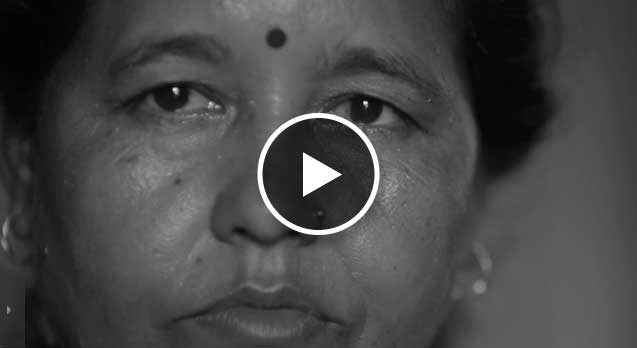Short films are a powerful way to engage an existing base of supporters and donors and keep them up to date on your progress, but how can they be leveraged to attract new supporters?
READ Global is an excellent example of how it can be done. In fall 2013, the organization posted a micro-documentary on its website about Chuna, a Nepalese woman who at age 47 taught herself how to read, educated her daughters, and started a women’s study group to ensure other women have a safe space to learn and dream. Social innovators post films about inspiring people like Chuna all the time. What made READ Global different was that its microdoc racked up nearly 50,000 views in three weeks, increasing the total number of donors by 54% compared to the previous year.
The media helped fuel the popularity, with talk radio, social media, the blogosphere and online and print magazines taking note. The Huffington Post, Upworthy, Le Globaliste, The Chronicle of Philanthropy and The Optimist Magazine covered the story, among others.
Of course, Meet Chuna’s viral success had nothing to do with luck and everything to do with a powerful distribution plan.
One woman, One Family, One Village
For its end-of-the-year fundraising campaign, READ Global decided to build a branded marketing campaign around the idea of an “Empower campaign.” Everyone who donated would be empowering one woman, one family or one village depending on the size of their donations. READ produced three stories (two written and one film), one to go with each level and illuminate the type of people and villages people would be helping; “Meet Chuna” was the film story for one woman.
READ posted the microdoc to its website in a light box on the homepage that prominently featured both the film and the larger campaign.
They sent out a series of emails to the contacts in their database about the film and the larger campaign in late November, and they created print marketing collateral in the form of a tri-fold brochure that showcased all three stories.
Finally, throughout the month of December, they did a targeted PR outreach to bloggers and journalists to get the video in front of people with large audiences of their own. They targeted five different types of publications — women’s empowerment, mommy blogs, social entrepreneurship, South Asian philanthropy, and adventure travel — and created customized pitches for hundreds of contacts within each domain. (Note: Micro-Documentaries’ distribution team worked in tandem with READ Global to help formulate and execute the PR outreach.)
“This experience taught us the value of customized outreach and being really strategic about how we approach media outlets,” Tina Sciabica, READ Global’s executive director, told us recently. “We’ve done media outreach in the past but never with a compelling video like this. It makes a big difference.”
“For us, this really showed that PR is hugely important for videos,” echoed Sara Litke, READ Global’s manager of communications and sustainability. “We released another video on our website before Meet Chuna and only reached out to our internal email database of about 3,000 people. That video has gotten 400 views in total, and it’s been on our homepage for months now. Meet Chuna surpassed that in half a day.”
Lessons learned
I asked Tina and Sara if they had any good tips looking back on the Meet Chuna success.
Tina said READ Global will always be sure to editorialize its calendar moving forward, allowing powerful content to work in tandem with important events and dates throughout the year.
Sara said that she ended up being far more brazen with reaching out to media outlets than she had ever felt comfortable being in the past.
“You shouldn’t be afraid to keep following up on many, many occasions,” she said. “We continued to get people who were interested in posting a month or two later. I followed up with some of these folks at their request six times. Obviously you have to be selective, but if anyone gave me a shred of interest regarding the initial email, then I would follow up with a personal note until something had come of it.”
She also said that one of the biggest keys to Meet Chuna’s success was Upworthy, for which she employed a very different pitching technique. Rather than send a generic email and follow up with a personal note, she identified two people who posted stories to Upworthy in a similar vein to the Meet Chuna piece, then sent them two facebook messages and one tweet tagging them.
“Media outlets that are really high viral-content producers, especially those focused on social media, have a different process for vetting content,” she said. “It was simple but you had to do it the right way.”

